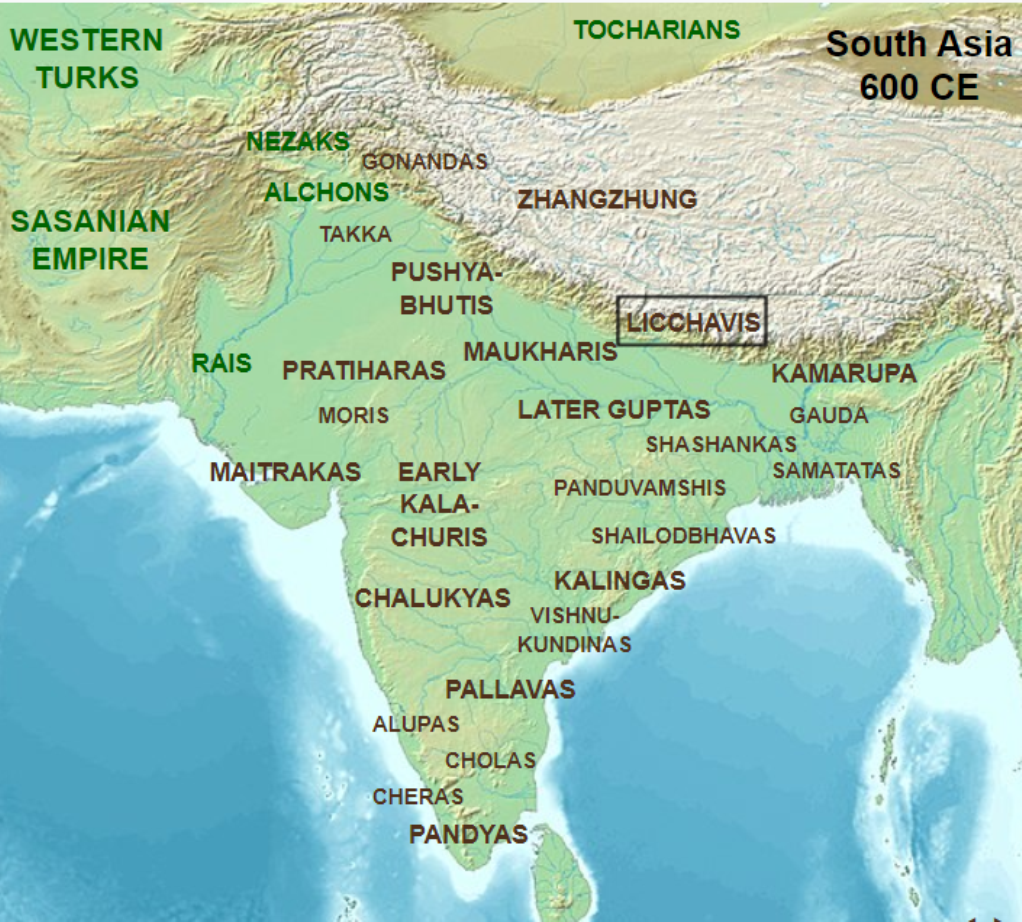Licchavi dynasty

Licchavi dynasty
The Licchavi dynasty, emerging in Nepal around the 4th century CE, is renowned for its profound influence on Nepalese culture, art, and governance. This dynasty, originating from Vaishali and Muzaffarpur in modern northern Bihar, India, marked a significant era in Nepal's history, often referred to as the "Golden Period."
The Licchavi period is celebrated for its remarkable contributions to the arts and architecture. The dynasty's rule witnessed the construction of numerous stupas, shrines, and temples, embodying the aesthetic and spiritual ethos of the era. Notable temples from this period include the Pashupatinath, Kumbheshwar, Akash Bhairab, and Changu Narayan temples, with the latter being built by the notable King Manadeva. These architectural marvels not only reflect the artistic mastery of the Licchavi artisans but also stand as testaments to their religious and cultural dedication.
The Licchavi dynasty's artistic legacy extends beyond architecture. Their art, deeply influenced by the Gupta style, has left an indelible mark on the Nepalese and broader Himalayan artistic landscapes. This period saw the creation of an extensive corpus of devotional art, which continues to be a critical reference point for collectors and experts in art and antiques. The dynasty's sculptures, paintings, and other artistic expressions often incorporated Buddhist and Hindu motifs, showcasing a rich tapestry of religious and cultural synthesis.
For enthusiasts and collectors interested in the rich heritage of the Licchavi dynasty, particularly its art and architectural marvels, subscribing to our updates will keep you informed about new product sales and auction events related to this fascinating historical era. Sign up now to delve deeper into the world of Licchavi art and antiques.
| Country: | Asia, India, Nepal |
|---|---|
| Start of the period: | 400 |
| End of the period: | 750 |